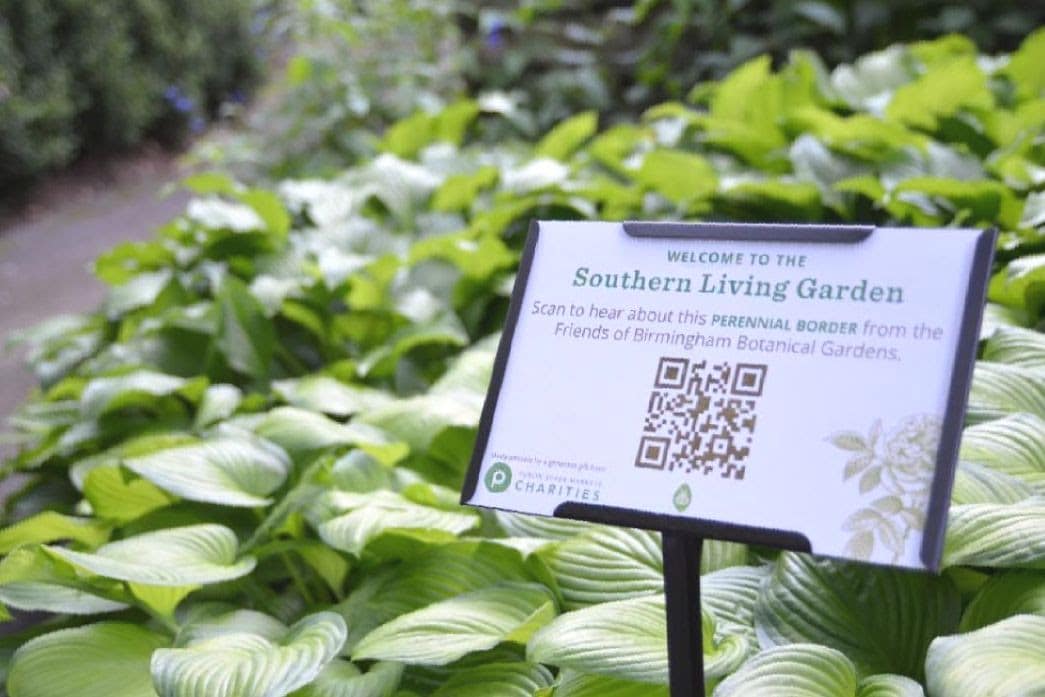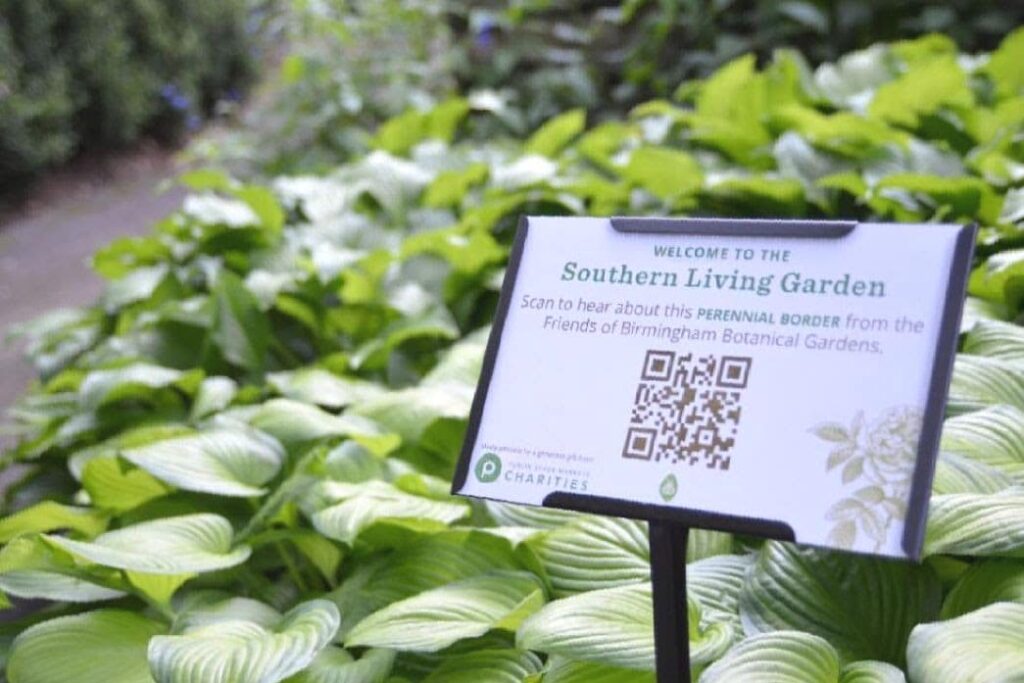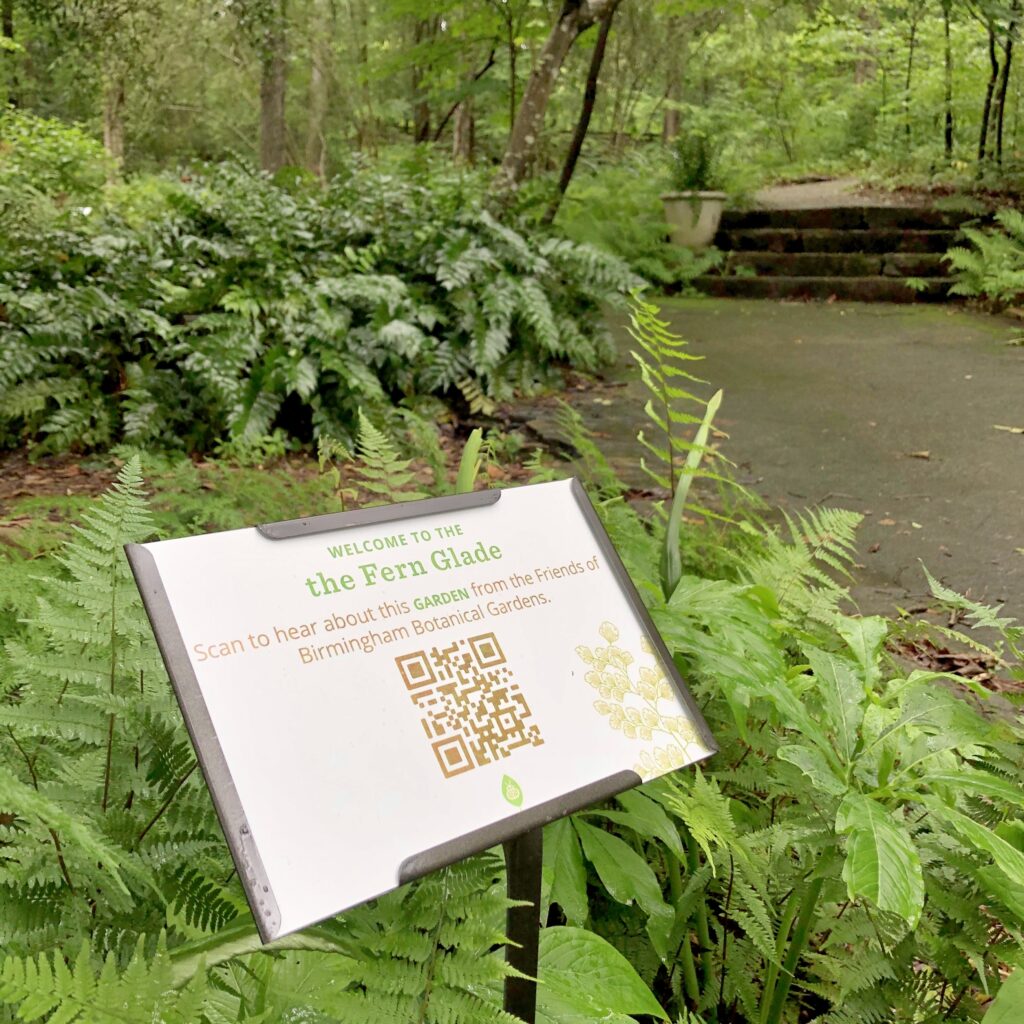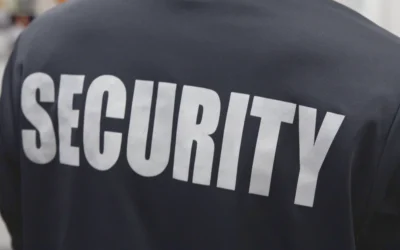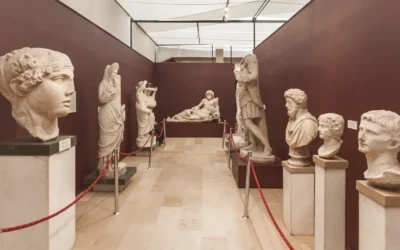The gradual reopening of cultural sites and museums in a global pandemic has brought with it a host of challenges. How many people can the site accommodate? What operational changes are required to make to minimize the risk of infection to staff and visitors? How much work can be done remotely? What about volunteers?
My first exposure to working in a museum came as a volunteer. Volunteers fill a ton of roles in museums as docents, working events, in the museum shop, and more. In the current pandemic situation, some volunteers aren’t coming, and some facilities have dialed back their reliance on volunteers for health and safety reasons.
Challenge: Guided tours without the guide?
My spouse, Brooke, works at a living museum as the Director of Education and Visitor Experience at the Friends of Birmingham Botanical Gardens. As an outdoor attraction, they can welcome visitors to the outdoor spaces while also maintaining minimum social distance and then some! However, guided tours were a different story. Those sorts of tours often put people in close proximity and large groups. She came to me with a question: How can we build self-guided tours quickly enough to support the imminent return of visitors, while also dealing with the budget realities that every organization faces in a downturn?
We sat down and brainstormed what a good self-guided tour would look like. She wanted to feature diverse voices from across their team, all of whom have unique perspectives, expertise and favorite spots in the gardens. She wanted something that wouldn’t require an app, as a custom one would take too long, and asking people to download things just adds friction. We also needed to have some basic analytics baked in, so we could quantify how many people were engaging with the tours and how often.
Solution: QR Code Audio Tours!
Conserv’s mission is to bring great preventive conservation tools to the collection care profession. Part of that mission has led us to build a sensor, and to ship some other physical technology products. When we needed a way to embed some data in our sensor label, we turned to QR codes. QR codes seemed to meet all of our needs for this project as well! Most modern mobile devices support them right out of the box, no app required. They’ve been around long enough that people are familiar with how they work. Simply point your phone at the QR code, and whatever that code links to will just magically appear. The Friends of Birmingham Botanical Gardens has some outdoor sign printing capacity on site, so creating the signage would be no problem.
She set to work creating a list of topics and recruiting people on her team to record their thoughts on the parts of the gardens that they wanted to cover in the tour. Meanwhile we also set up a quick bit of file hosting on AWS. AWS has a generous free services tier, and the S3 storage service gave us an easy way to serve up the recorded audio files. S3 had a few other features that made it compelling as well, like versioning of each file so we can track the changes to the tours over time. S3 also has logging features, which we initially used to keep track of how many times each audio tour component was accessed.
The audio recordings themselves were simply done on mobile devices. With a decent wired microphone or bluetooth headset, it’s straightforward to record a minute or two of high quality audio. There are dozens of apps on the app stores that do this, along with voice memo options that most devices ship with.
The last piece of the puzzle was creating the QR codes. There are a few ways to approach this. A QR code is like a bar code. That is, it’s just a graphical representation of some text. In our case, that text is a URL that points to an audio file. We could just create a QR code with the URL in S3, but that means that if we want to switch the tour to a different file, we would need to reprint the sign with a new code. A better option is to use a redirect service. The QR code points to a URL on the redirect service, and if we want to change its ultimate destination, we simply change the URL that the redirect points to. Nice and flexible. As an aside, these sorts of redirect services can (often for a relatively small charge) provide some additional analytics. We settled on a service called the-qrcode-generator.com to handle this task, via their dynamic QR code feature.
With all the pieces in place, including the audio recordings, hosting for the files, and QR codes to allow people to easily access the content, it was a straightforward exercise to print up some signs that adhered to the brand guidelines. The end result looks amazing, and gives visitors a way to learn more about key garden features directly from the staff, in their own voice!
You can try it yourself, right from this blog post! If you open the camera app on your mobile device and point it at the screen, it will pick up the codes in the pictures of this signage.
Conserv doesn’t make signs, but we do love to help people in the museum world solve problems with technology!

